OVERVIEW
The computer market is expected to hit USD 1.89 billion by 2024, rising at a CAGR of 4.23% between 2019 and 2024. Growing need for technologically advanced and efficient flow computing systems, increased data processing capability of flow computers and their suitability for many functions of the oil and gas industry are key drivers for the market.
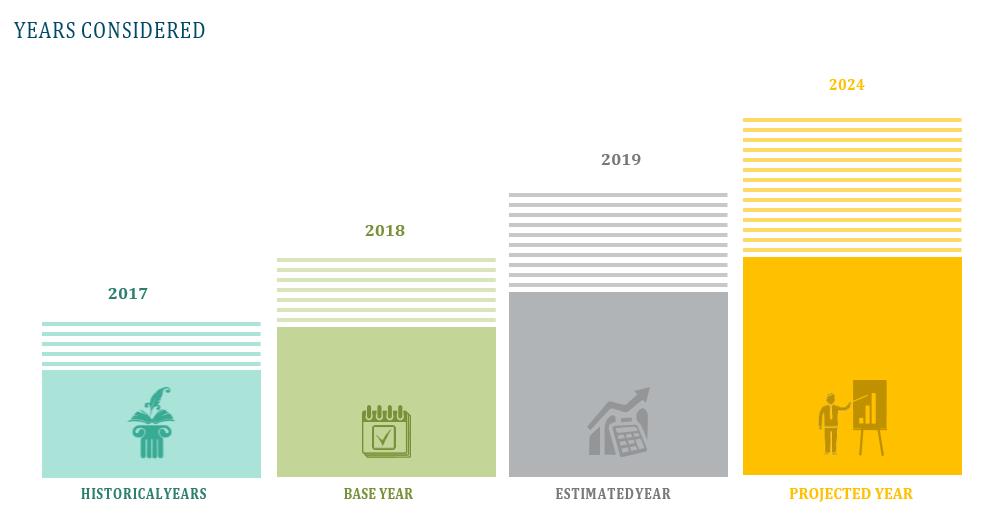


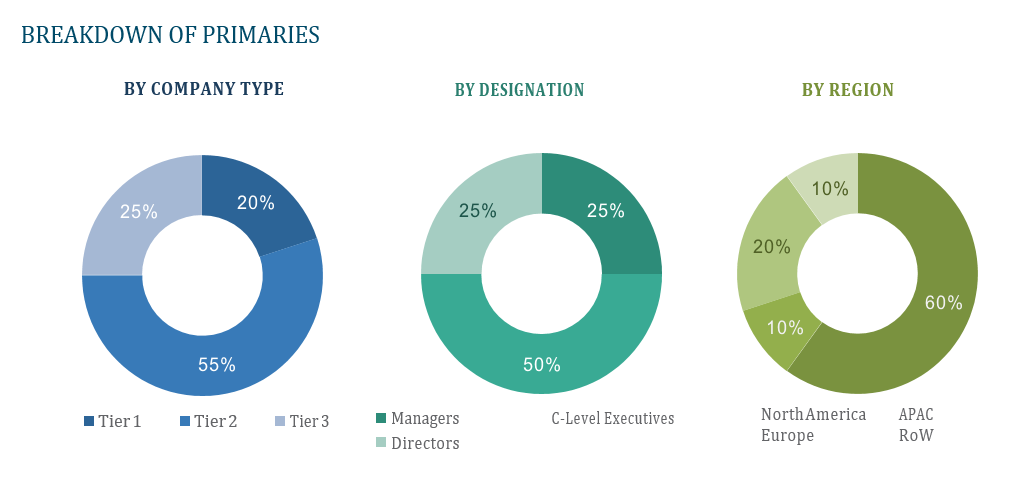
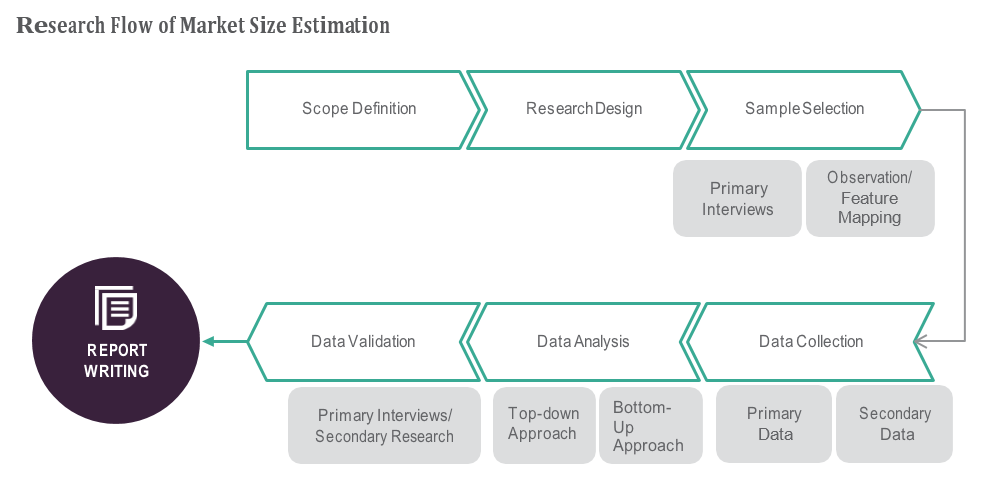

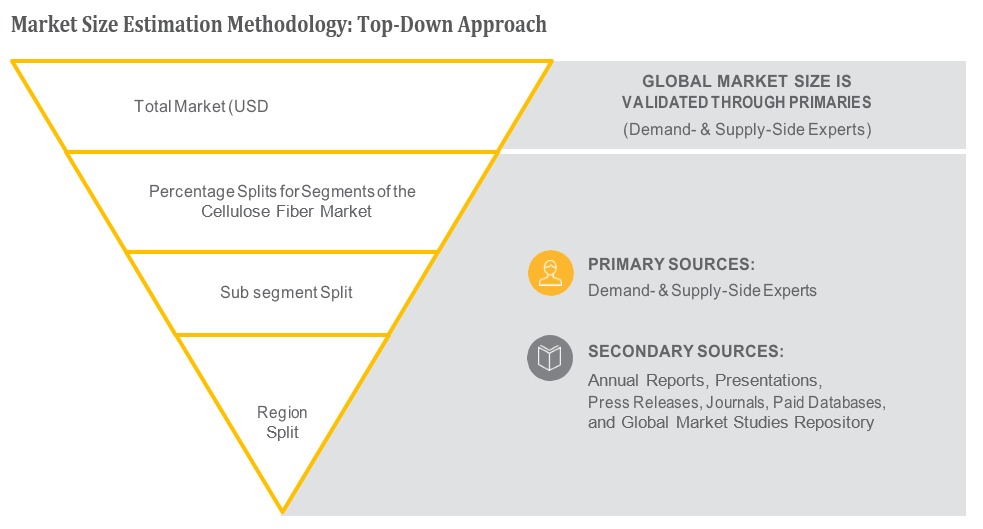
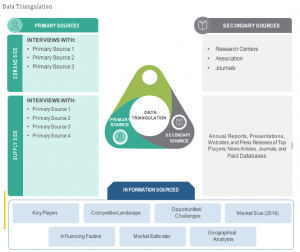
TABLE OF CONTENT
1 Global Flow Computer Market
1.1 Study Objectives
1.2 Market Definition
1.3 Study Scope
1.3.1 Markets Covered
1.3.2 Geographic Scope
2 RESEARCH METHODOLOGY
2.1 Research Data
2.1.1 Secondary Data
2.1.1.1 Key Data From Secondary Sources
2.1.2 Primary Data
2.1.2.1 Key Data From Primary Sources
2.1.2.2 Key Industry Insights
2.1.2.3 Breakdown of Primaries
2.2 Market Size Estimation
2.2.1 Bottom-Up Approach
2.2.2 Top-Down Approach
2.3 Market Breakdown and Data Triangulation
2.4 Research Assumptions
3 Global Flow Computer Market – Executive Summary
3.1 Market Revenue, Market Size and Key Trends by Company
3.2 Key Trends by type of Application
3.3 Key Trends segmented by Geography
4 Global Flow Computer Market – Comparative Analysis
4.1 Product Benchmarking – Top 10 companies
4.2 Top 5 Financials Analysis
4.3 Market Value split by Top 10 companies
4.4 Patent Analysis – Top 10 companies
4.5 Pricing Analysis
5 Global Flow Computer Market – Industry Market Entry Scenario
5.1 Regulatory Framework Overview
5.2 New Business and Ease of Doing business index
5.3 Case studies of successful ventures
5.4 Customer Analysis – Top 10 companies
6 Global Flow Computer Market – Market Forces
6.1 Introduction
6.2 Market Dynamics
6.2.1 Drivers
6.2.2 Opportunities
6.2.3 Challenges
6.3 Porters Analysis of Market
6.3.1 Bargaining power of suppliers
6.3.2 Bargaining powers of customers
6.3.3 Threat of new entrants
6.3.4 Rivalry among existing players
6.3.5 Threat of substitutes
7 Global Flow Computer Market – Strategic Analysis
7.1 Value Chain analysis
7.2 Product Life Cycle
7.3 Supplier and distributor analysis (Market share and product dealing strategies)
8 Global Flow Computer Market – By Component (Market Size – & million/billion)
8.1 Hardware
8.2 Support Services
8.3 Software
9 Global Flow Computer Market – By Operation
9.1 Upstream
9.2 Midstream and Downstream
10 Global Flow Computer Market – By Geography (Market Size – & million/billion)
10.1 Introduction
10.2 North America
10.2.1 US
10.2.2 Canada
10.2.3 Mexico
10.3 Europe
10.3.1 U.K
10.3.2 Germany
10.3.3 Italy
10.3.4 France
10.3.5 Spain
10.3.6 Rest of Europe
10.4 Asia-Pacific
10.4.1 China
10.4.2 Japan
10.4.3 India
10.4.4 South Korea
10.4.5 Rest of APAC
10.5 Rest of the World
10.5.1 South America
10.5.2 Middle East
10.5.3 Africa
11 Global Flow Computer Market – Entropy
11.1 New product launches
11.2 M&A’s, collaborations, JVs and partnerships
12 Global Flow Computer Market Company Profile (Key Players)
12.1 Market Share, Company Revenue, Products, M&A, Developments
12.2 Schneider Electric SE
12.3 Emerson Electric Co.
12.4 Krohne Messtechnik GmbH
12.5 Thermo Fisher Scientific Inc.
12.6 ABB Group
12.7 Honeywell International, Inc.
12.8 Yokogawa Electric Corporation
12.9 FMC Technologies, Inc.
12.10 OMNI Flow Computers, Inc.
12.11 Contrec Europe Limited
12.12 Company 11 & more
13 Global Flow Computer Market – Appendix
13.1 Sources
13.2 Abbreviations













